NBA X-factors: Eastern Conference edition
Following an offseason so laborious that it felt like the playoffs went a couple extra rounds, the NBA season is finally upon us. Four teams will play 48 minutes of basketball, and it'll actually count.
After several months of debate, analysis, and prognostication, most fans have a grasp of all the major storylines that will define the season, and the stars - particularly those who have realigned since we saw them last - who will play the leading roles.
But what about the bit players? Who are the smaller names who could have a big impact this season - either by stepping up to provide production where teams didn't know they'd get it, or by failing to rise to the occasion and causing the pinhole leak that sinks the whole ship?
Let's look at all 30 teams and figure out who those secret swing players might be, starting with the 15 East teams Tuesday and moving on to the rest in the West on Wednesday.
Atlanta Hawks: Taurean Prince

It's difficult to answer this question for a team like the Hawks, who are seemingly made up of X-factor players. Incumbent point guard Dennis Schroder and laughably compensated wing Kent Bazemore might be the only players inextricable to the team's current identity.
Still, Taurean Prince appears to be one of the few current Hawks players whose development could have a sizeable impact on the team's future. The rookie wing was a surprise success story in Atlanta's first-round playoff exit last season, starting all six games and averaging 11 and five on 56 percent shooting for the series while drawing raves for his energy and toughness.
His lack of shooting (32 percent from deep last season, though he went 6-for-16 in the preseason) may make him an awkward fit for the traditionally floor-spreading Hawks, but the team's identity is so formless right now that if Prince shows enough promise, coach Bud may adapt to him rather than vice versa.
Boston Celtics: Marcus Smart
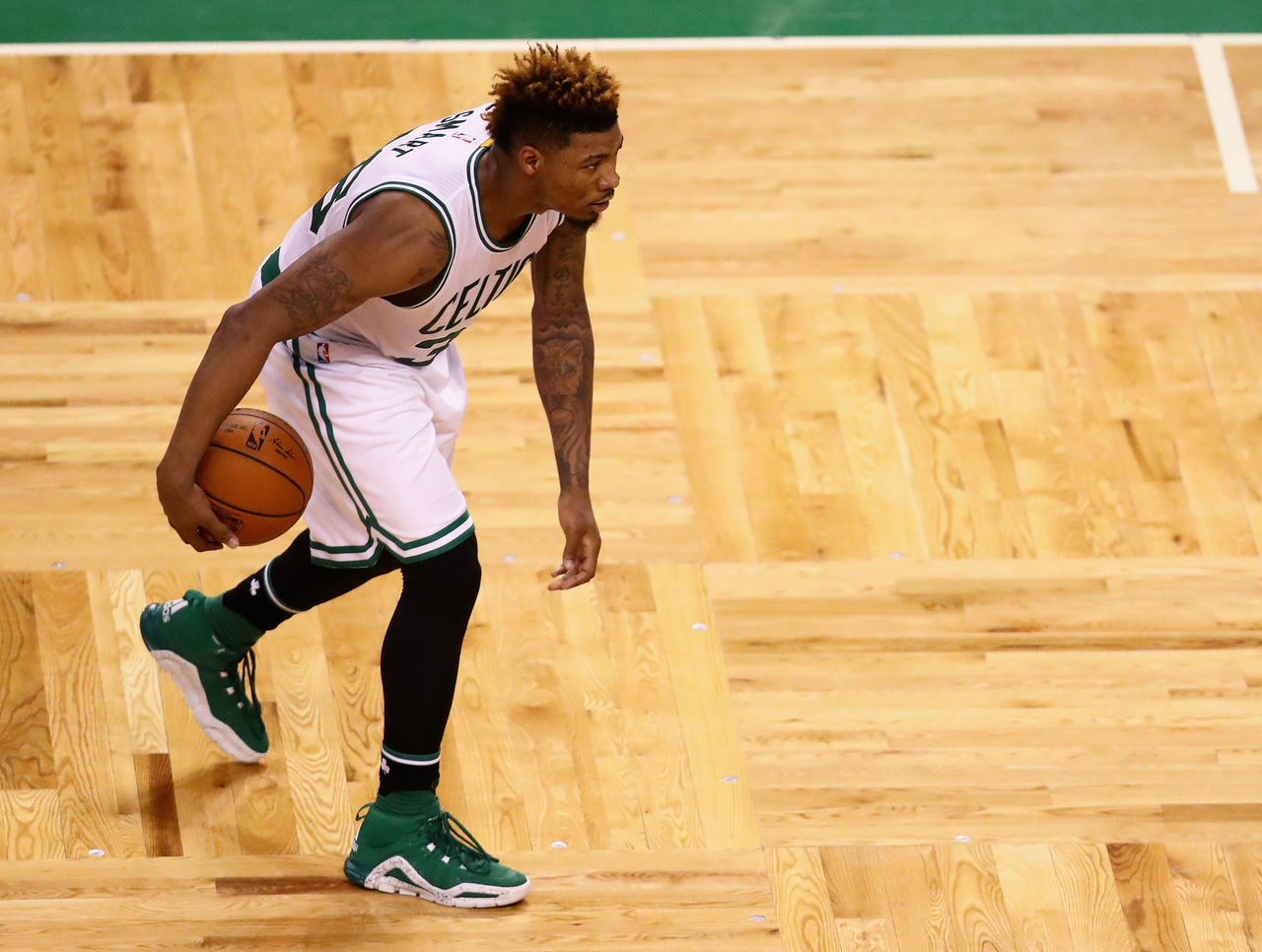
The Celtics failed to lock up Marcus Smart this offseason before the extension deadline passed, and how much it will cost them - or Smart - will undoubtedly be a major subplot of the team's season.
If Smart is betting on himself, his preseason would make that gamble seem prudent, given that the recently slimmed guard (20 pounds off, supposedly) looked smoother and more dynamic than he did throughout his first three seasons, including an improved approach from deep that resulted in the usual bricklayer going 7-of-12 from three.
He's shown such flashes before - like in Game 3 of the Eastern Conference finals - but they haven't been sustainable. If Smart's weight loss really has unlocked the potential star Celtics management saw when they drafted him four summers ago, though, it could completely change their long-term ceiling, as well as their long-term cap outlook.
Brooklyn Nets: Allen Crabbe

It's not often that teams get a do-over on restricted free agency, but that's basically what Portland and Brooklyn did with swingman Allen Crabbe. One underwhelming season after the Blazers matched the Nets' near-max offer for the former second-rounder, Neil Olshey essentially called Sean Marks to ask if he wanted Crabbe.
Marks accepted, and the Nets will take the remaining three years and roughly $56 million remaining on Crabbe's deal, despite the fact that there doesn't seem to be room for him in the Nets' starting five.
It's a pricey gamble for the Nets, but it can pay off if Crabbe becomes the prototypical Spurs-y 3-and-D wing the Nets undoubtedly hoped they'd get with him in summer '16, opening things up for and taking pressure off Jeremy Lin and D'Angelo Russell, and allowing the team to play a more pragmatic version of the kind of pace-and-space style they attempted without proper personnel last year.
For a team like the Nets, inheriting a lengthy contract like Crabbe's could actually be beneficial. If he pops in Brooklyn's system, he'll be around when the team hopefully has proper core players for him to complement.
Charlotte Hornets: Malik Monk & Jeremy Lamb
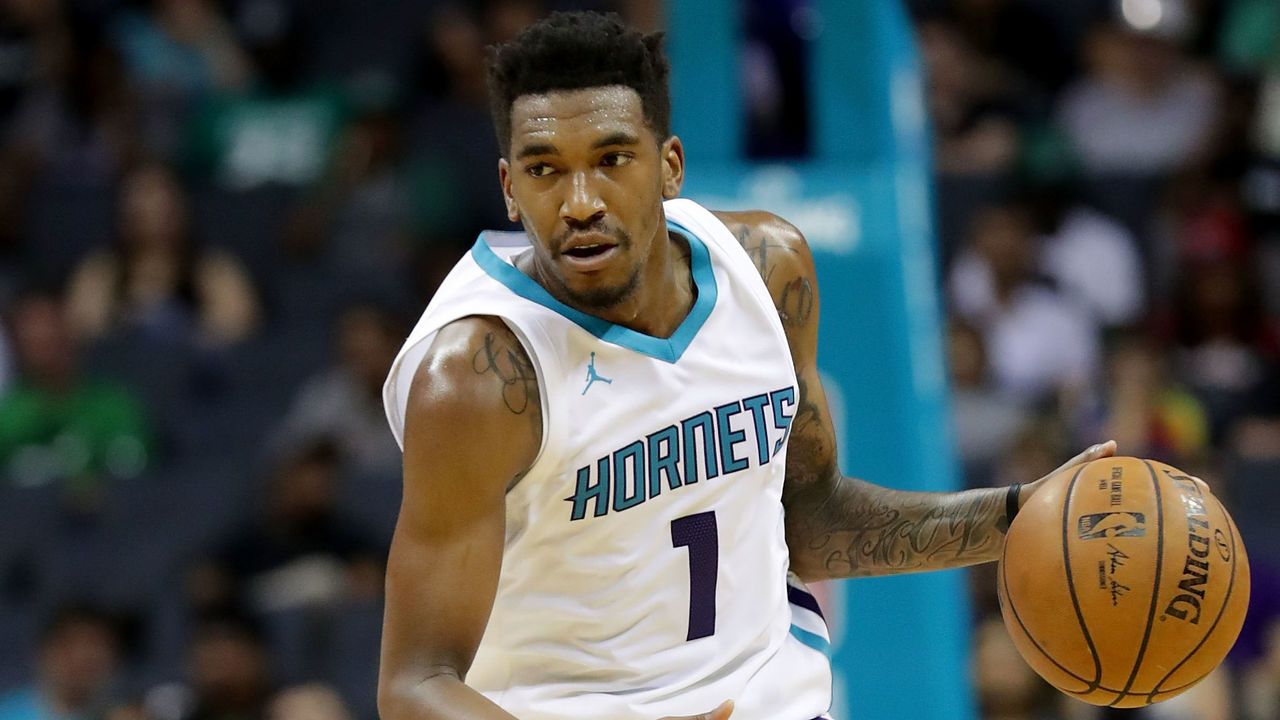
The good news about rookie combo guard Malik Monk's preseason was that he led the Hornets in scoring, posting an impressive 15.6 PPG. The bad news is that he did so on a team-high 15 shots a contest, only converting them at a 36-percent clip.
Monk seems likely to be boom or bust in his debut campaign, but, for better or worse, the Hornets will likely be reliant on the Kentucky product's prolificacy, as the team is otherwise badly lacking in playmaking and general dynamism behind All-Star point guard Kemba Walker.
That said, there's still Jeremy Lamb, who had a pretty awesome preseason - averaging 15, five, and three on 57 percent shooting - and posted a more efficient 2016-17 season than fans probably remember, rebounding well and finally getting to the line with some regularity while scoring 19 points per 36 minutes.
But Lamb hasn't been the answer the last five seasons, so expecting the sixth time to be the charm may prove foolhardy. Between him and Monk, one will have to prove an effective second-unit offensive hub for the team to have any hope of making waves in the postseason.
Chicago Bulls: Kris Dunn

Remember him? After an inauspicious rookie season, the NBA mostly seems to have forgotten about the No. 5 pick in the 2016 draft, but Bulls fans will look to the four-year Providence product to help justify the much-maligned Jimmy Butler trade.
They'll also hope he proves that the Bulls have a young core worth building around, and that he settles the point guard role for a team that's had a TIDAL-like turnover rate at the position.
It's a tall ask of a second-year player who barely saw the floor as a rookie, and Dunn is already starting behind the 8-ball, having badly dislocated his finger in the preseason. But the Bulls are years away from competing, and Dunn still has three years left on his rookie deal. Player and team will have plenty of time to feel one another out and find out if they have a future together.
Cleveland Cavaliers: Derrick Rose
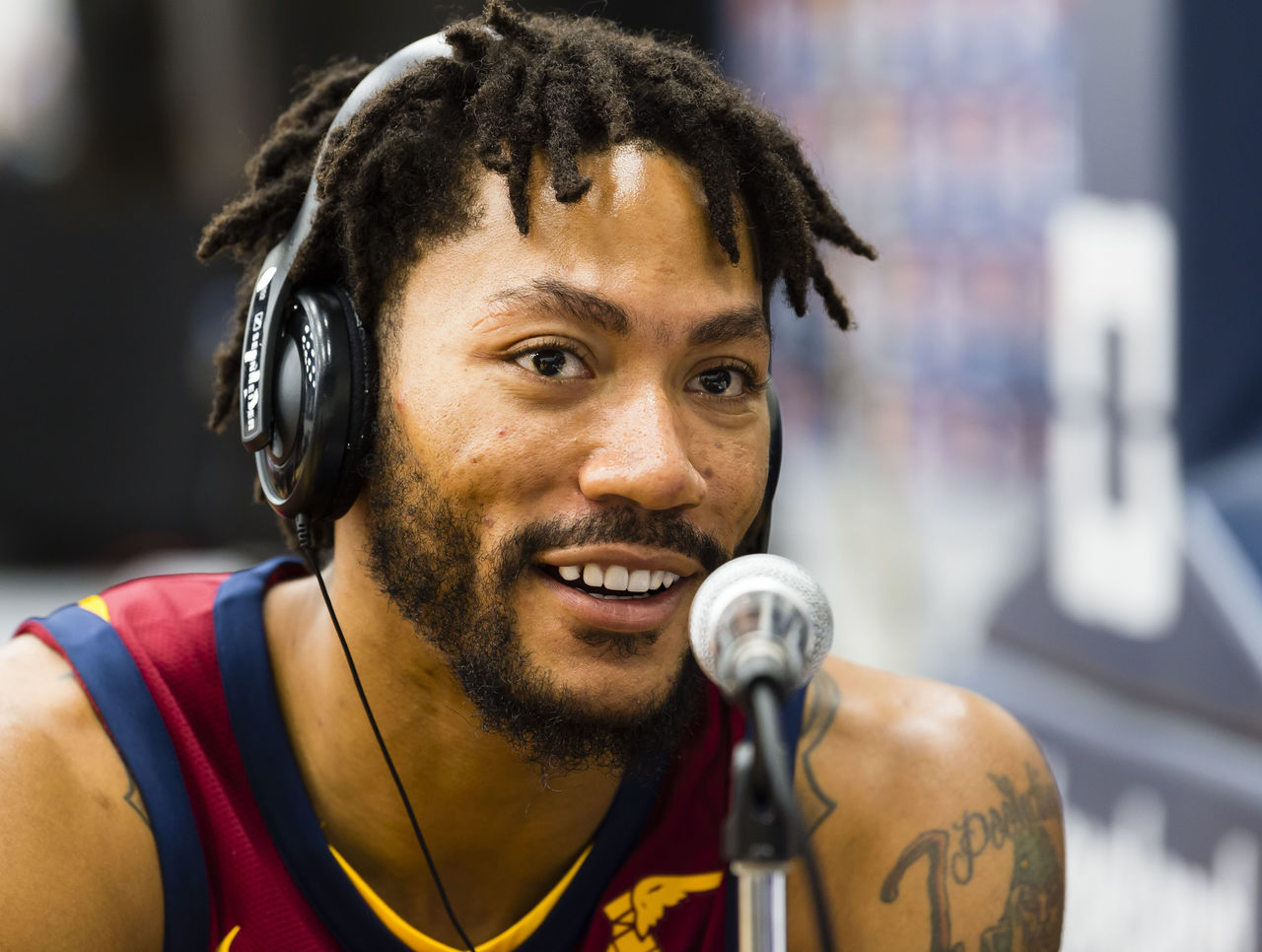
Look at Derrick Rose's 2016-17 season with the Knicks up close and it seems like a comeback year. His 18 points per game on 47 percent shooting with a 17.0 PER were his highest numbers in a half-decade, and he assuaged health concerns by playing in more than 60 contests for the second straight season.
Zoom out, though, and Rose played me-first ball on a lottery-bound team that needed a playmaker more than a scorer. The NBA world was left unimpressed, and Rose signed a one-year deal to back up Kyrie Irving in Cleveland. It should've been a nice, cozy spot for Rose either to prove he can still contribute or fade silently into the NBA twilight, a la Deron Williams last season.
But then, of course, Kyrie Irving got himself traded, and replacement lead guard Isaiah Thomas is still months away from returning to active duty - meaning Rose will be expected to start alongside LeBron & Co. for a healthy chunk of the season, in the complementary, largely off-ball role he failed to embrace in New York.
If he excels, he could give the Cavs' offense a new dynamic and change his late-career narrative. If he strangles the team's spacing and ball movement (especially alongside another aging, ball-dominant non-shooter in Dwyane Wade), he could effectively mark the end of his NBA relevance, while putting a whole lot of pressure on Thomas to get healthy.
Detroit Pistons: Boban Marjanovic
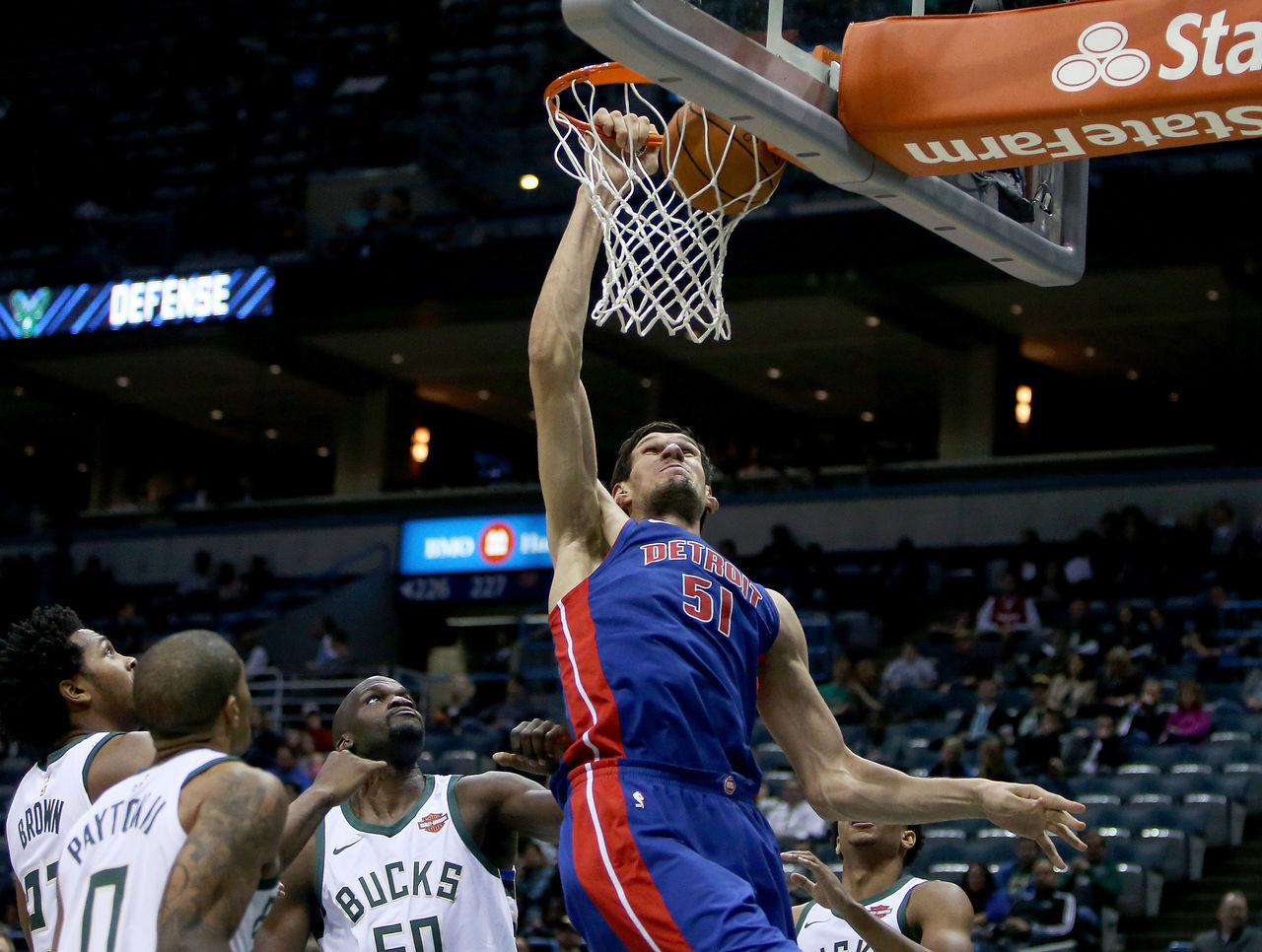
The supersized backup center has yet to earn much playing time in the NBA, but has posted such absurd numbers in his single-digit minutes a game - 24 and 16 per 36 minutes last year, with a PER of nearly 30 - that one of these years, some team is going to have to give him some serious burn.
It could be this year in Motown, as the Pistons' relationship with incumbent pivot Andre Drummond seems to only get more sour, and fellow ex-Spurs backup big Aron Baynes is in Boston. Marjanovic could give the Pistons' bench an unpredictability that would terrify all of the league's opposing coaches, or he could prove a small-sample-size stiff that's unplayable in most lineups.
Either way, the stagnant Pistons could certainly stand to give him a shot, and the 10 and six he's averaging in 15 minutes on 79 percent shooting in the preseason should present a convincing early argument as to why.
Indiana Pacers: Bojan Bogdanovic
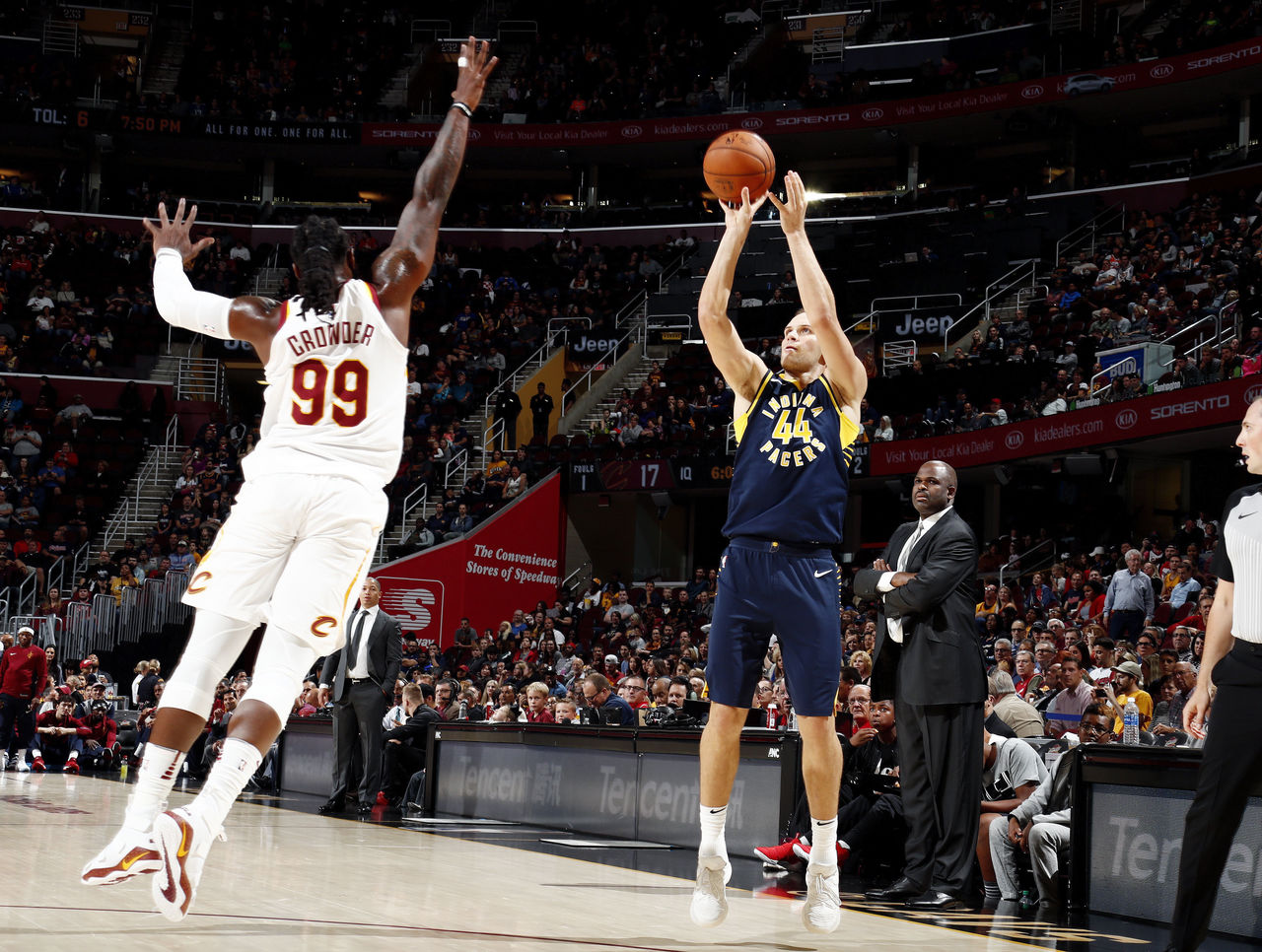
Yes, Bogie is one of three or four new Pacers this season with a chance to lead the team in scoring. With Paul George and Monta Ellis gone, the team's offense should be wide open for just about whoever wants to step up. Bogdanovic could see a return to his Team Croatia days of first-option half-court dancing, in addition to running off a million screens and taking 10 threes a game.
The Pacers will almost certainly be pretty bad regardless, but Bogdanovic could play a large part in making them frisky, and taking some pressure off big man Myles Turner to be an offensive focal point as the young star continues to develop from impressive talent to franchise fixture.
Miami Heat: James Johnson

Like a less depressing version of the Hawks, the Heat seem to be built around X-factor players. Between Tyler Johnson, Justise Winslow, Dion Waiters, and the newly signed Kelly Olynyk, hell, it's practically a team-building strategy for Pat Riley & Co.
But it's hard to get much X-ier than James Johnson, the journeyman who posted career numbers (with career-best fitness) with Miami last year, probably causing a whole lot of coaches who'd been tantalized by his talent but driven mad by his inconsistency over the years to bang their heads against the wall.
He re-upped with Miami for a staggering four years and $60 million in the summer after never making more than $4 mil a year in the eight seasons prior - a large and risky bet for the Heat to make on such a historically unreliable player.
But again, this is just what the Heat do now, and they can point to man-in-the-middle Hassan Whiteside for a clear recent example of a career rehabilitation story for MIA that seemed fluky at first, but has since proven legitimate.
Milwaukee Bucks: Thon Maker
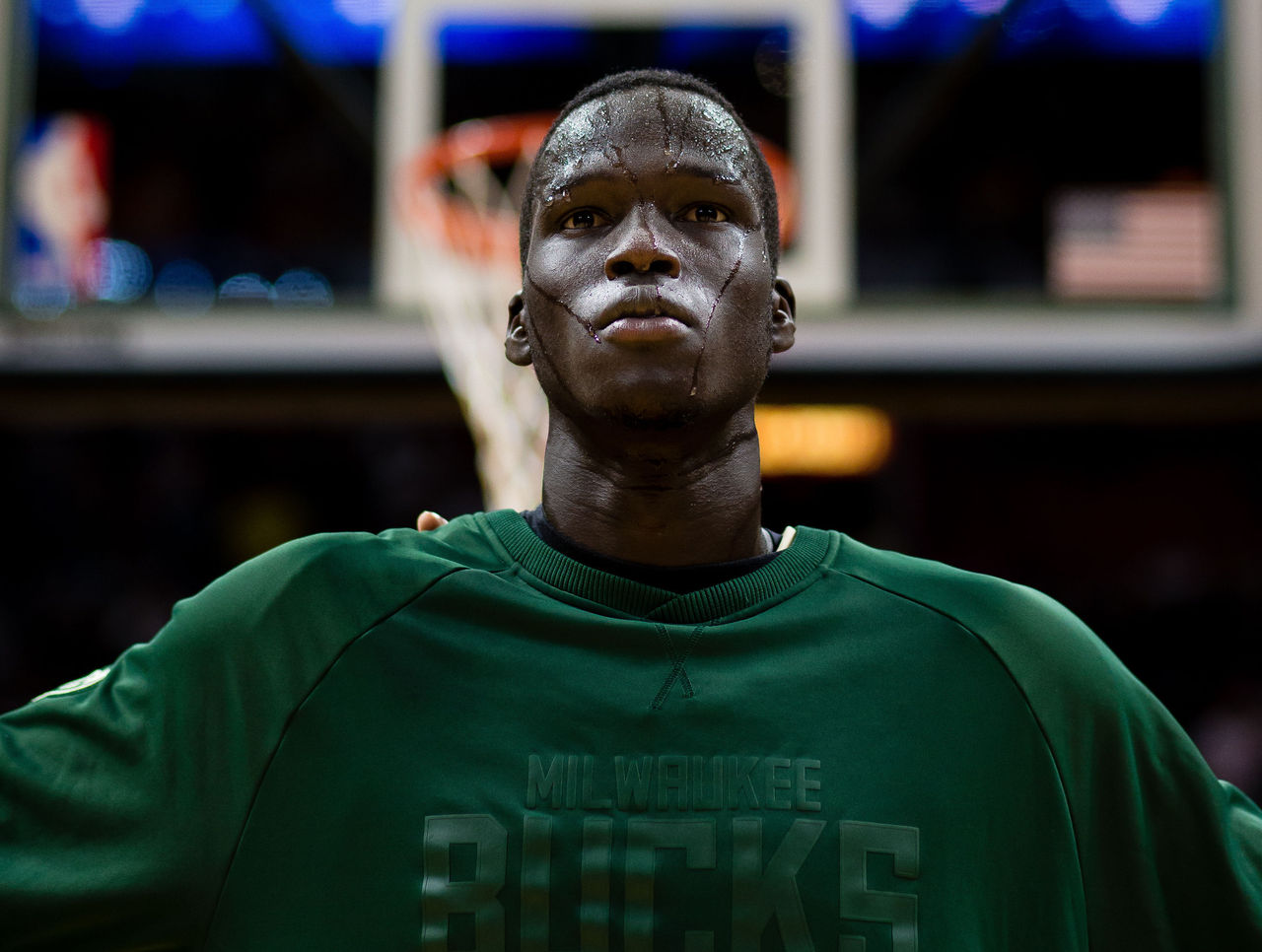
Though his numbers were far from major - four and two in just 10 minutes a game - the Bucks' team identity seemed to crystallize last year when lengthy young big Thon Maker took over in the starting five for Milwaukee, with the Bucks going 20-14 over his 34 late-season starts.
He's made bulking up a priority in the offseason, and he could play a huge part in pushing up the team's ceiling if he begins to show the kind of versatile two-way potential that had his teammates raving to Howard Beck about how he'd one day be among the best players in the league. At the very least, people might start pronouncing his last name correctly.
New York Knicks: Doug McDermott
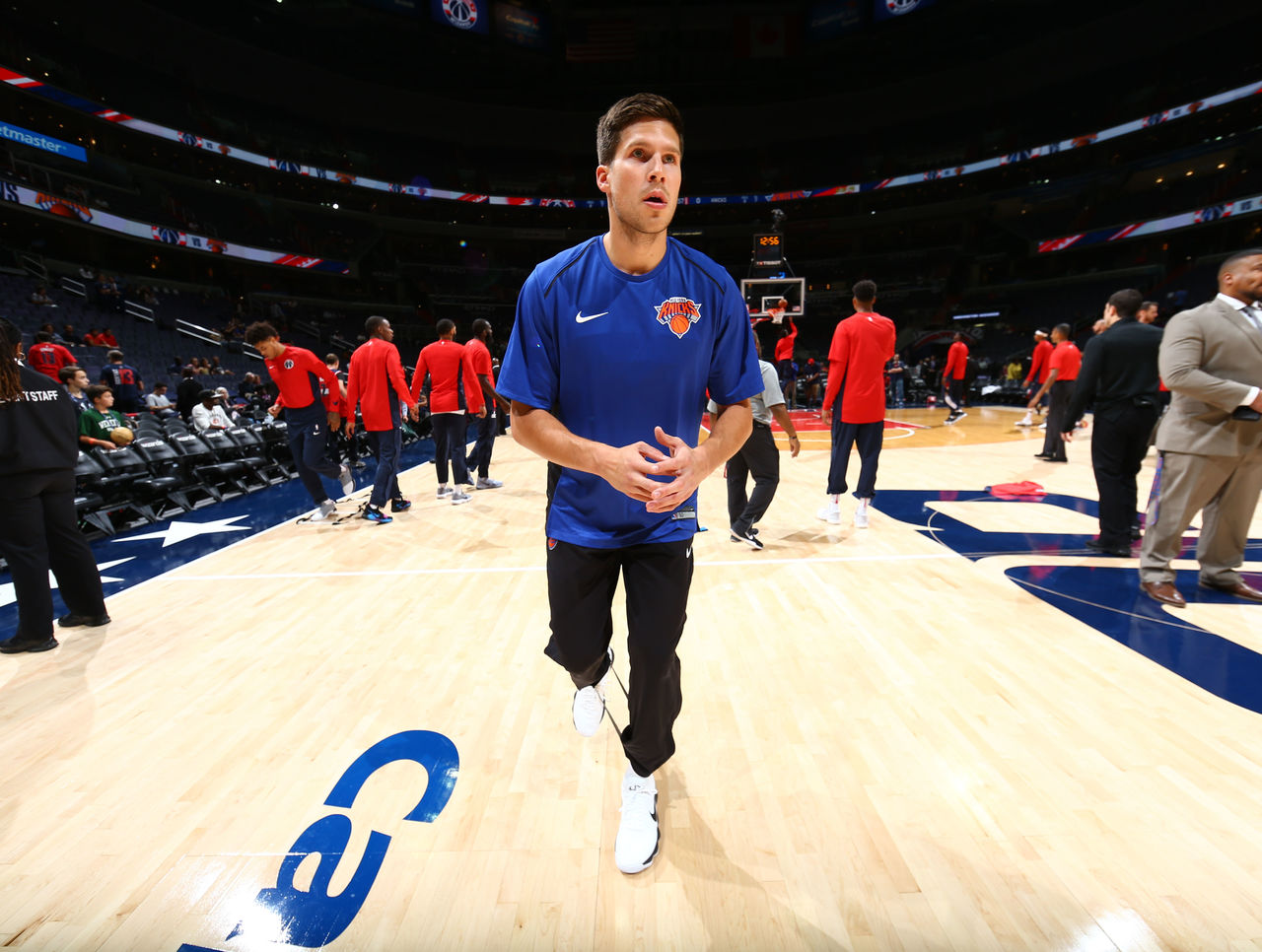
Young NCAA superstar Doug McDermott is already at his third career stop, and it's getting to the point that if he can't show consistent productivity on at least one side of the ball, he won't get many more chances.
But New York should be as good an opportunity as he'll get, with a virtually wide-open roster on which he might be the closest thing to a starting-lineup replacement for the shooting and mid-range maneuvering of Carmelo Anthony.
He shot well in the preseason - 54 percent from the field and 50 percent from three for 10 points a game in 18 minutes - and could easily end up an MSG favorite if he has a couple Creighton flashback performances early in the season.
Orlando Magic: Jonathan Isaac

One of these Magic rookies has to outperform expectations, right? Orlando has been drafting in the top 10 since Dwight Howard's departure, but still has yet to land that game-changing rook that will turn the franchise around.
Isaac's motor and versatility may make him that player. He impressed in Summer League, drew raves from scouts and analysts pre-draft, and seems a decent bet to join Elfrid Payton and Aaron Gordon to help give the Magic a team identity around length, explosiveness, and defensive toughness.
Or, he could be the big-man equivalent of Terrence Ross, and we'll still be staring at him four seasons from now just waiting for him to break out already.
Philadelphia 76ers: T.J. McConnell
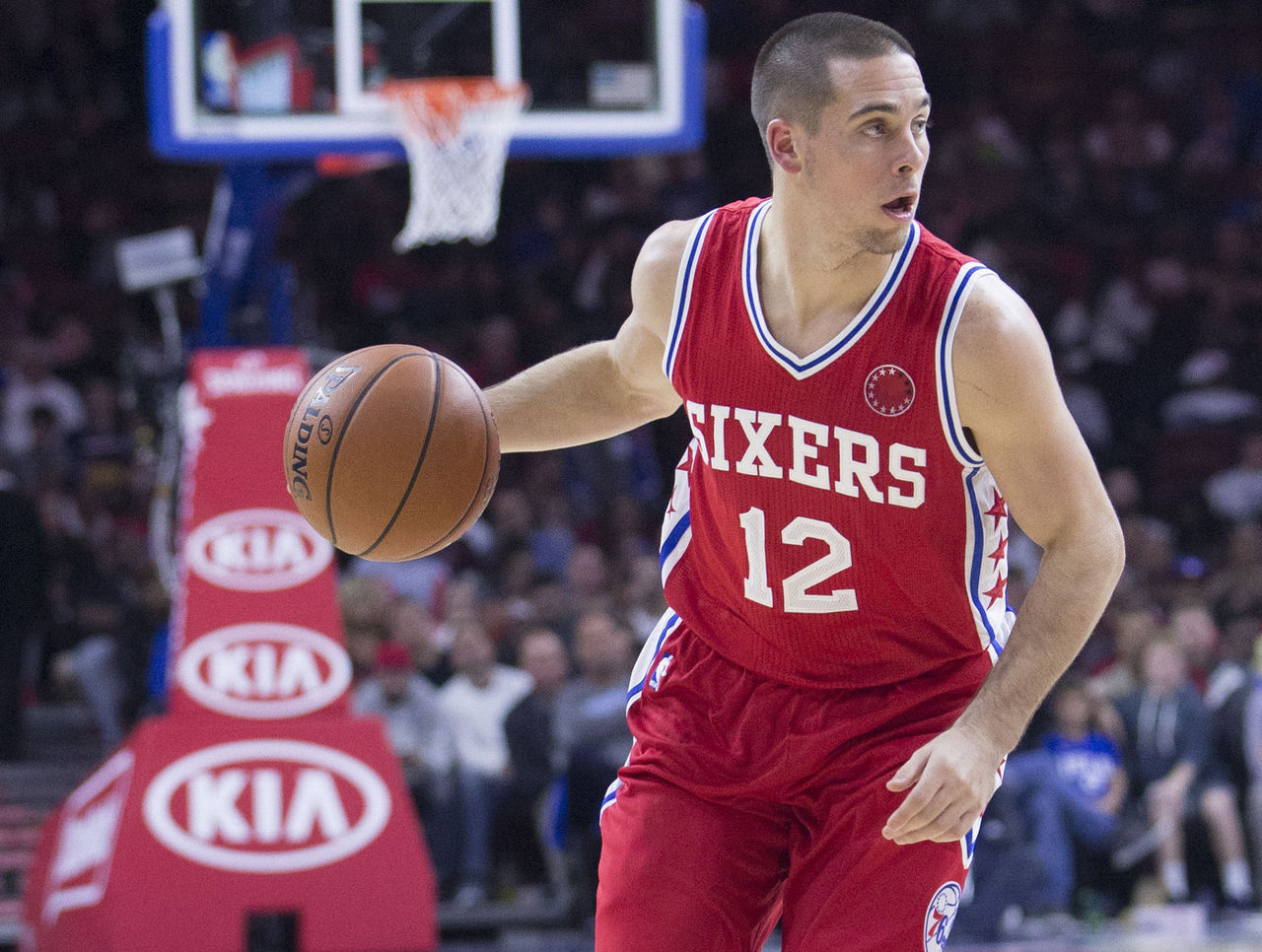
Despite the Sixers grabbing point guards with their last two first-round picks - both of those No. 1 overall - the team's most effective PG this season might still be four-year Arizona man T.J. McConnell, who grew into a trusted floor general and fan favorite in Philly last year, even hitting a couple unlikely game-winners.
McConnell obviously lacks the transcendent size, athleticism, and vision of 2016 pick Ben Simmons, as well as the versatile scoring of Markelle Fultz, but while both of those players struggle to get their jumpers back on track, it could be T.J. - not exactly known for his shooting range, but entirely capable of hitting from mid-range at least - who gets the call in late-game situations.
For a Sixers team that hopes to win games all of a sudden, he could be a critical security blanket.
Toronto Raptors: Norman Powell
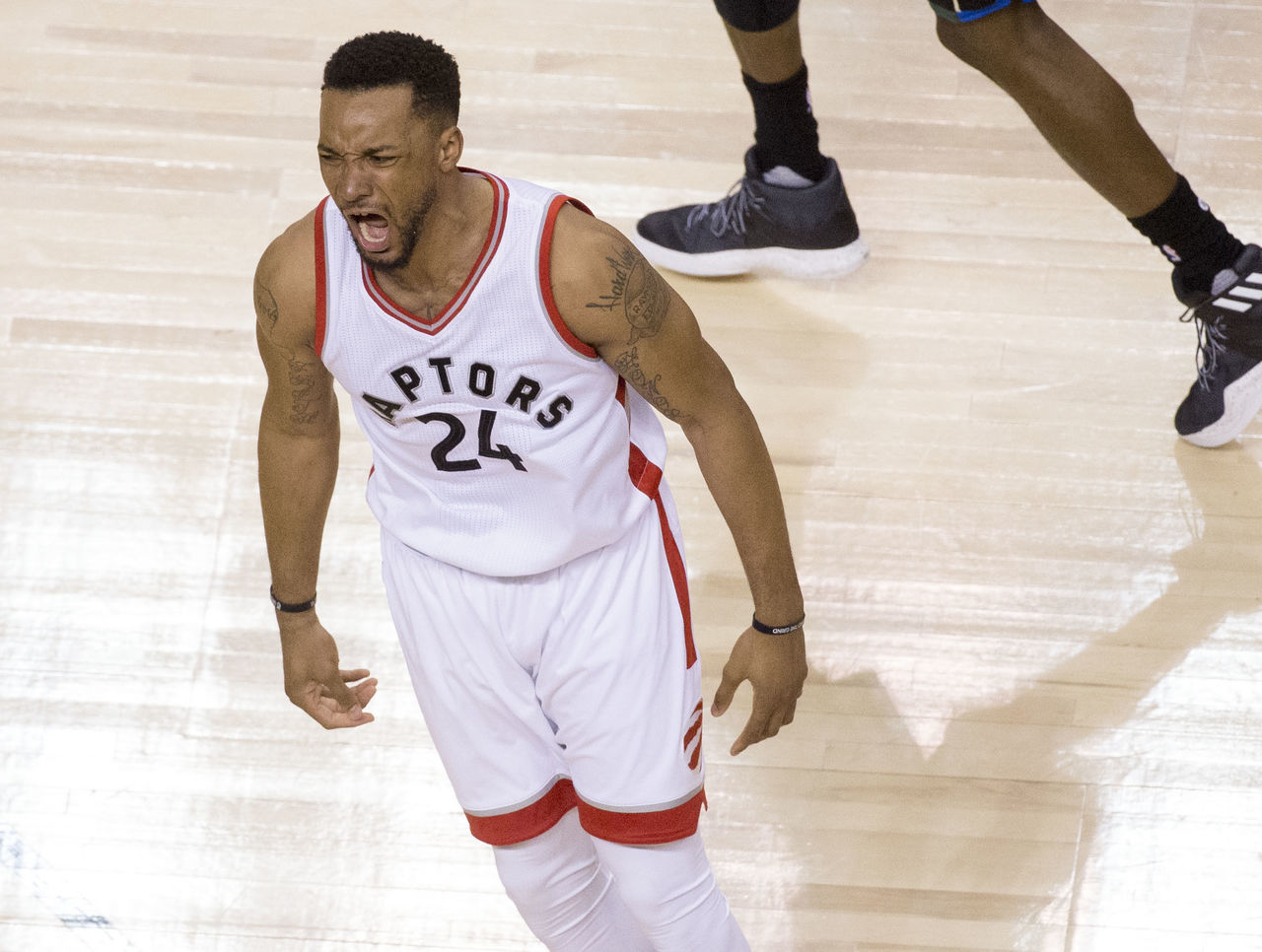
Whenever there's an argument levied that the Raptors are doomed to be the same team this year that they've been the last three or four years - fun-but-not-that-fun regular season team, likely early playoff exit - just about the only decent counter is: "Well, what about Norman Powell?"
The third-year wing probably isn't good enough to change the Raps' fortunes significantly, but he's exciting and raw enough to be a wild card, and he has a whiff of making a Jimmy Butler or Draymond Green-like leap somewhere along the line.
He's pretty much the only chance the Raps have of growing organically into legit contenders. Well, that and Bruno Caboclo living up to his Brazilian Kevin Durant hype.
Washington Wizards: Kelly Oubre Jr.
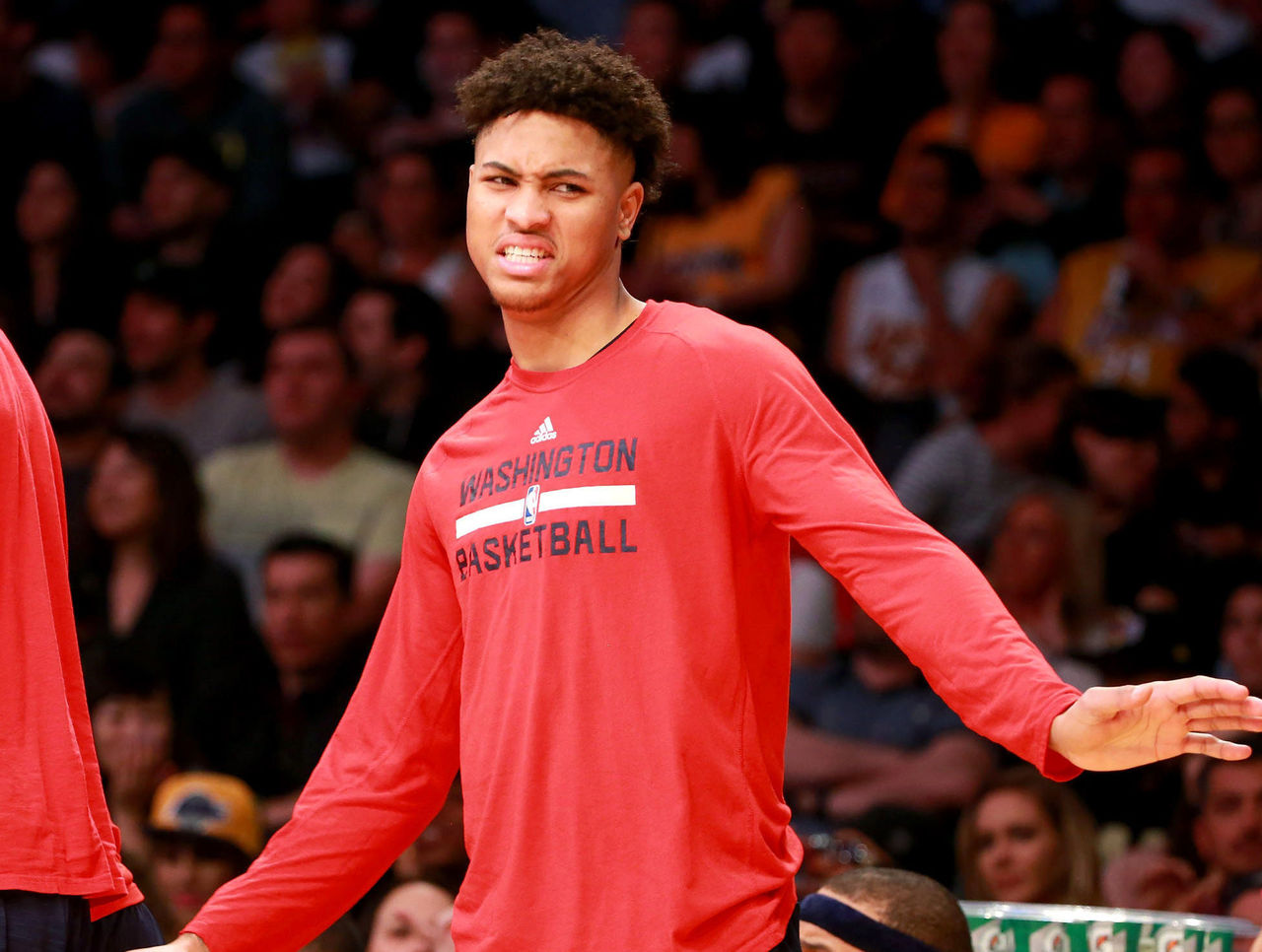
Oubre is Washington's closest thing to a Norman Powell. The Wizards' starting five is basically set, and not likely to get a ton better. Their best bet in getting added internal help is Oubre's upside.
He seemed ready to make a jump toward the end of last season, and was just about their only bench guy to show up in the Celtics series - though he got baited into a spat with his fellow Kelly that cost him a game. He's also played pretty heavy minutes this preseason, averaging 13 and five a game on 49 percent shooting.
The problem is his deep ball. He's shot just 26 percent so far this October, after a 28-percent showing last season. He's got to get that number up if he wants to run with John Wall in the open court and benefit from his peerless drive-and-kicks.
(Photos courtesy: Getty Images)